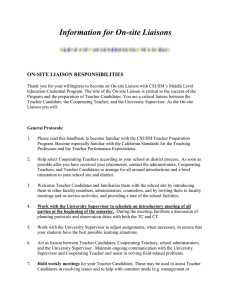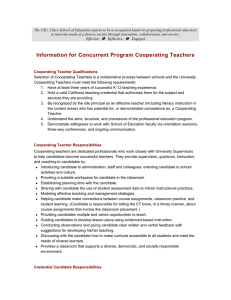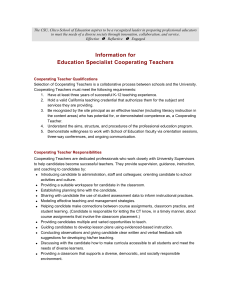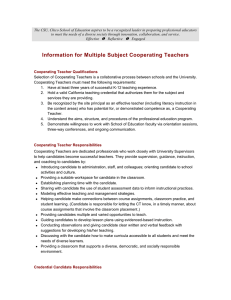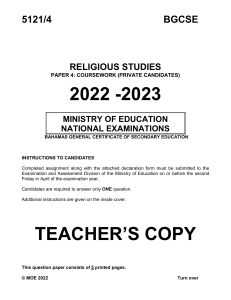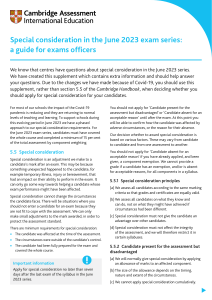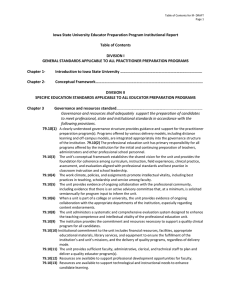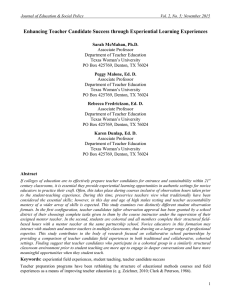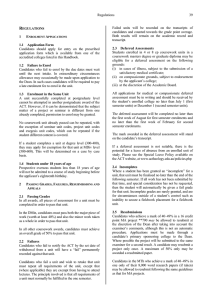The teaching faculty and middle school partners in the CSUSM... program believe that Clinical Practice is an essential experience in...
advertisement
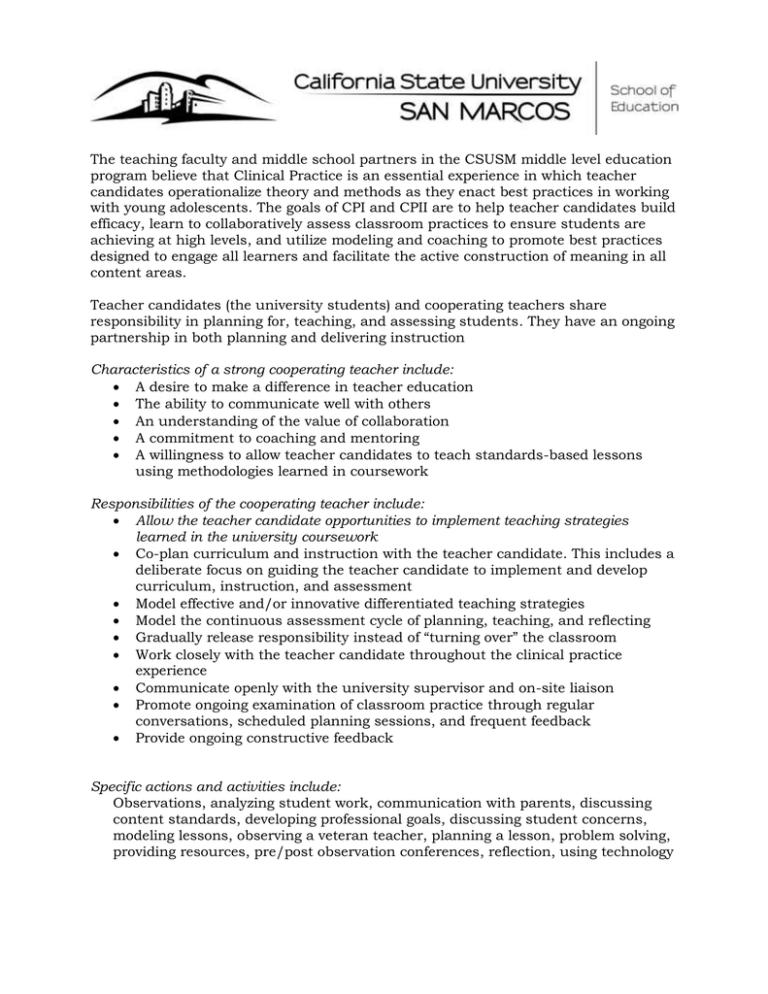
The teaching faculty and middle school partners in the CSUSM middle level education program believe that Clinical Practice is an essential experience in which teacher candidates operationalize theory and methods as they enact best practices in working with young adolescents. The goals of CPI and CPII are to help teacher candidates build efficacy, learn to collaboratively assess classroom practices to ensure students are achieving at high levels, and utilize modeling and coaching to promote best practices designed to engage all learners and facilitate the active construction of meaning in all content areas. Teacher candidates (the university students) and cooperating teachers share responsibility in planning for, teaching, and assessing students. They have an ongoing partnership in both planning and delivering instruction Characteristics of a strong cooperating teacher include: A desire to make a difference in teacher education The ability to communicate well with others An understanding of the value of collaboration A commitment to coaching and mentoring A willingness to allow teacher candidates to teach standards-based lessons using methodologies learned in coursework Responsibilities of the cooperating teacher include: Allow the teacher candidate opportunities to implement teaching strategies learned in the university coursework Co-plan curriculum and instruction with the teacher candidate. This includes a deliberate focus on guiding the teacher candidate to implement and develop curriculum, instruction, and assessment Model effective and/or innovative differentiated teaching strategies Model the continuous assessment cycle of planning, teaching, and reflecting Gradually release responsibility instead of “turning over” the classroom Work closely with the teacher candidate throughout the clinical practice experience Communicate openly with the university supervisor and on-site liaison Promote ongoing examination of classroom practice through regular conversations, scheduled planning sessions, and frequent feedback Provide ongoing constructive feedback Specific actions and activities include: Observations, analyzing student work, communication with parents, discussing content standards, developing professional goals, discussing student concerns, modeling lessons, observing a veteran teacher, planning a lesson, problem solving, providing resources, pre/post observation conferences, reflection, using technology
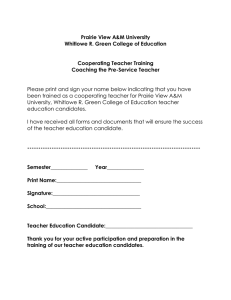
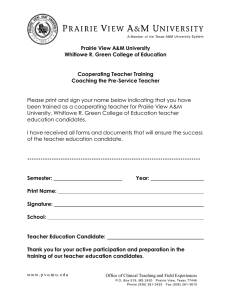
![4.3 Transformation Initiative [maximum of three pages]](http://s2.studylib.net/store/data/015303358_1-231c2ef8993bd5d6fbdd57bfc43325a9-300x300.png)
